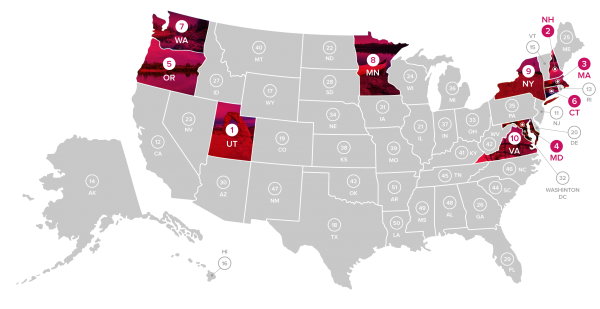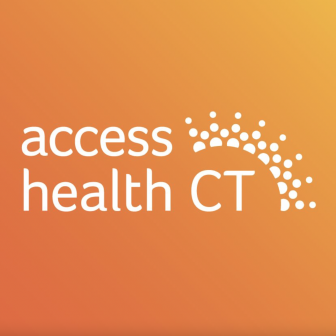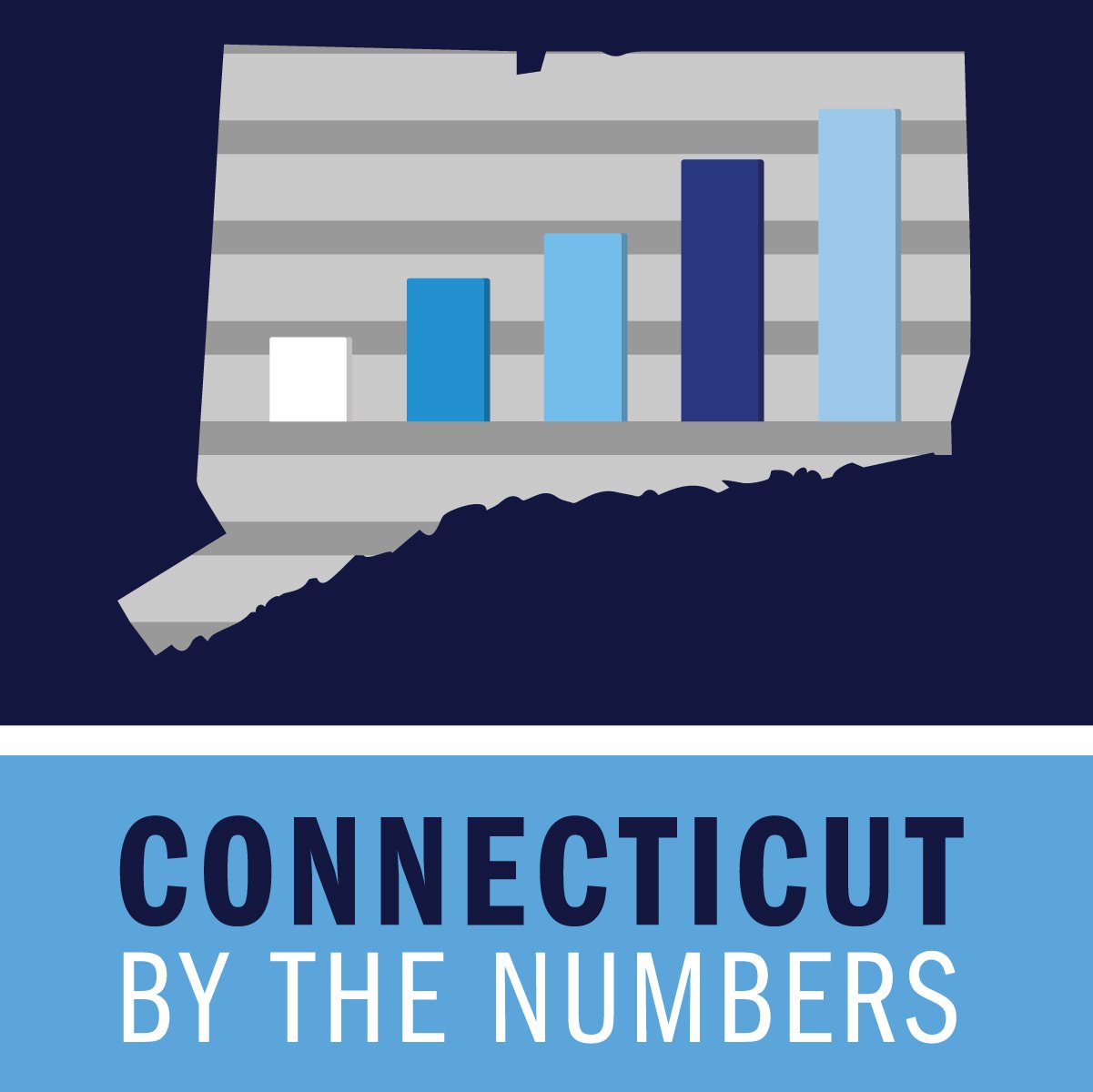Connecticut's Top Teachers Lead Classrooms from Ashford to Westport
/There will be an Awards Ceremony next month to honor Connecticut’s 2018 Teacher of the Year – Erin Berthold, who teaches at the Cook Hill School in Wallingford – along with Teacher of the Year nominees from throughout the state. The ceremony is scheduled to take place in Hartford just days after Berthold’s application, representing Connecticut, is due at the National Teacher of the Year selection committee. Berthold’s selection was announced last week at her school. She is the first Wallingford educator to be selected for the annual award.
“I’m beyond thrilled and surprised,” Berthold told the Meriden Record-Journal. She is in her 11th year of teaching. “I never really thought I’d win an award for teaching. It’s my job, it’s what I do. Working with six-year-olds is the real reward of teaching.”
The teachers who were earned recognition as finalists in Connecticut, along with Berthold, included LeAnn Cassidy, Social Studies, Memorial Middle School, Regional School District 15; LeAnn Cassidy, Social Studies, Memorial Middle School, Regional School District 15; and Courtney Ruggiero, Social Studies, Bedford Middle School, Westport. Their teaching will also be honored, along with a dozen semi-finalists. It is the culmination of a process that touched school districts throughout Connecticut, as local districts shined a spotlight on outstanding teachers in their respective communities.
The process begins with the Commissioner of Education sending Teacher of the Year applications to every district superintendent in the spring, encouraging them to participate in the recognition program. The Teacher of the Year Program seeks to recognize exemplary teachers and does not try to identify the “best” teacher in the state, according to the Teacher of the Year website.
 District teams identify one exemplary teacher from within their teaching populations. Each district nominee completes the state application in the ensuing months and submits it to the State Department of Education. Applications are distributed to members of a reading committee, and the results are tabulated to identify approximately fifteen semi-finalists.
District teams identify one exemplary teacher from within their teaching populations. Each district nominee completes the state application in the ensuing months and submits it to the State Department of Education. Applications are distributed to members of a reading committee, and the results are tabulated to identify approximately fifteen semi-finalists.
Semi-finalists are invited to an interview with the Selection Committee at which they present a prepared presentation and respond to several questions related to education issues and current trends. Four finalists are chosen from among the semi-finalists. A committee of 12-18 people then travels to each of the finalists’ schools to observe the teachers in action and to interview teams of parents, teachers, support staff, students, administrators, and Board members. 
Following the site visits, the selection committee travels to a neutral site where they deliberate and vote to determine who will emerge as the next Connecticut Teacher of the Year. Once that selection is made, the announcement follows shortly thereafter, in early October.
The 2018 Connecticut Teacher of the Year semi-finalists teach in school districts all across the state are:
- Katie Amenta, English, Berlin High School, Berlin
- Rebecca Aubrey, World Languages, Ashford School, Ashford
- Kevin Berean, Technology Education, Amity Middle School, Regional School District 5
- Martha Curran, English Language Arts, Walter C. Polson Upper Middle School, Madison
- Cheryl Gustafson, World Language, Somers High School, Somers
- Brian Kelly, Music-Band, John Wallace Middle School, Newington
- Kristen Keska, Social Studies, East Hampton High School, East Hampton
- Yolanda Lee-Gorishti, Science, Crosby High School, Waterbury
- Jeanne Malgioglio, English Language Arts, Madison Middle School, Trumbull
- Candace Patten, Social Studies, Southington High School, Southington
- Colleen Thompson, Music, Simsbury High School, Simsbury
- Vincent Urbanowski, Mathematics, The Academy of Information Technology, Stamford
The Connecticut Teacher of the Year Program is made possible by contributions made to the Connecticut Teacher of the Year Council, a 501(c)(3) non-profit organization that provides recognition for exemplary teachers and excellence in teaching.
Berthold has taught at Cook Hill for three years and was previously a special education teacher at Yalesville School and Moses Y. Beach School in Wallingford, the Record-Journal reported. Earlier in her career, Berthold taught at Lincoln Middle School in Meriden and Woodhouse Academy in Milford.
The Connecticut Teacher of the Year and Teacher of the Year finalists serve as teacher-ambassadors for public education. They are appointed to various education advisory committees and become consultants to the Commissioner of Education. In addition, they present workshops; speak at education conferences and meetings; address student, civic, college and university, and governmental groups; and operate special programs in accordance with their interests and expertise throughout the coming year.
For Berthold, there is one additional assignment. The National Teacher of the Year application is due to the National Teacher of the Year office, Washington, DC on November 1. Just two years ago, Connecticut’s Teacher of the Year, Jahana Hayes, a high school social studies teacher at John F. Kennedy High School in Waterbury, was also selected as National Teacher of the Year and was honored at a ceremony at the White House with President Barack Obama.
Lauren Danner, a General Science/Biology teacher and Science Department Leader at North Branford High School was Connecticut’s Teacher of the Year in 2017. Cara Quinn, a sixth-grade teacher at the Sunset Ridge School in East Hartford, was named the 2015 top teacher in Connecticut. In 2014, John Mastroianni, a music teacher at West Hartford’s Hall High School, was selected.
Photos: (Above) Erin Berthold; (Below) LeAnn Cassidy, Regional School District 15; Martha Curran, Madison; Courtney Ruggiero, Westport.



 The program will focus on the many ways that individuals can get involved in local government service. Some communities, such as
The program will focus on the many ways that individuals can get involved in local government service. Some communities, such as 
 Food and beverage companies often target marketing for nutrient-poor products such as candy, sugary drinks, snack foods, and fast-food restaurants to Hispanic audiences, including youth, the researchers state. They cite previous research that has documented disproportionate exposure to unhealthy food marketing by Hispanic youth in their communities and on TV, but theirs is the first examination of the phenomenon on the internet.
Food and beverage companies often target marketing for nutrient-poor products such as candy, sugary drinks, snack foods, and fast-food restaurants to Hispanic audiences, including youth, the researchers state. They cite previous research that has documented disproportionate exposure to unhealthy food marketing by Hispanic youth in their communities and on TV, but theirs is the first examination of the phenomenon on the internet. g vulnerable populations,” according to the publication’s website, “with the goal of providing optimal outcomes and ultimately health equity for all.” The journal intends to provide coverage ranging from translational research to prevention, diagnosis, treatment, and management of disease and illness, in order to serve as a primary resource for organizations and individuals who serve these populations at the community, state, regional, tribal, and national levels.
g vulnerable populations,” according to the publication’s website, “with the goal of providing optimal outcomes and ultimately health equity for all.” The journal intends to provide coverage ranging from translational research to prevention, diagnosis, treatment, and management of disease and illness, in order to serve as a primary resource for organizations and individuals who serve these populations at the community, state, regional, tribal, and national levels.


 Orders. Most historians agree the Fundamental Orders are significant, but the state of Connecticut decided in 1959 to call itself the Constitution State based on the premise that the Fundamental Orders were the first constitution in North America.
Orders. Most historians agree the Fundamental Orders are significant, but the state of Connecticut decided in 1959 to call itself the Constitution State based on the premise that the Fundamental Orders were the first constitution in North America.


 The analysis points out that a main reason why people don’t have access to broadband internet is due to a lack of income. Cited is a Pew Research poll that found 23 percent of people making under $30,000 per year don’t use the internet, possibly because of the high price for something they don’t consider a basic need. Most rural schools across the country still lack access to fiber and pay more than twice as much for bandwidth.
The analysis points out that a main reason why people don’t have access to broadband internet is due to a lack of income. Cited is a Pew Research poll that found 23 percent of people making under $30,000 per year don’t use the internet, possibly because of the high price for something they don’t consider a basic need. Most rural schools across the country still lack access to fiber and pay more than twice as much for bandwidth.

 There are a series of steps that your body goes through to develop immunity through vaccination, the
There are a series of steps that your body goes through to develop immunity through vaccination, the 


 In Stamford, CHDI assisted in training school social workers and psychologists to deliver
In Stamford, CHDI assisted in training school social workers and psychologists to deliver 



























